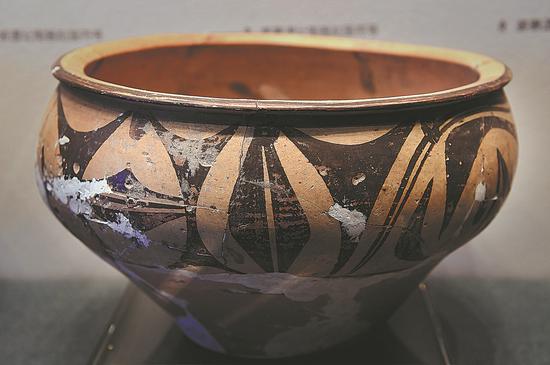
A painted pottery basin is displayed at Yangshao Culture Museum. (Photo: Xinhua/Li an)
Generations of Chinese archaeologists have made fruitful findings in the past century, ranging from the discovery of the Yangshao village site in Sanmenxia, Henan province, in 1921, marking the birth of modern Chinese archaeology, to the ongoing excavation of the Sanxingdui site in Sichuan province, which has attracted wide public attention through live broadcasts.
The most significant findings have now been recognized on the list of the top 100 archaeological discoveries of China in the past 100 years.
The list was announced by the National Cultural Heritage Administration on Monday at the opening ceremony of the third Chinese Archaeology Congress in Sanmenxia.
In addition to the Yangshao site, which dates back more than 5,000 years and indicates the start of scientific studies of China's Neolithic period, and the Sanxingdui bronze civilization site from about 3,000 years ago, many names familiar to the general public were included on the list.
Among them are the mausoleum of China's first emperor, Qinshihuang, in Shaanxi province, known worldwide as the home of the Terracotta Warriors; the Archaeological Ruins of Liangzhu in Zhejiang province, a UNESCO World Heritage Site where the people of a regional state's capital worshipped jade from 5,300 to 4,300 years ago; and the Zhoukoudian site in Beijing where the famous Peking Man skull fossil was unearthed.









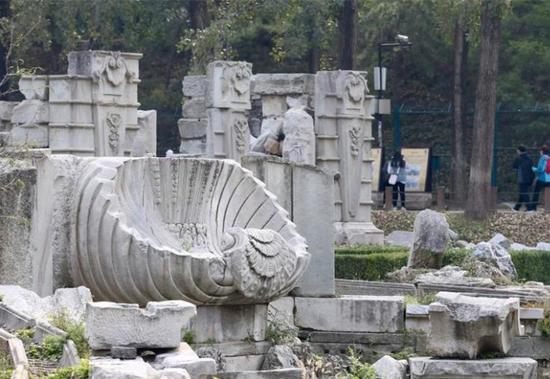
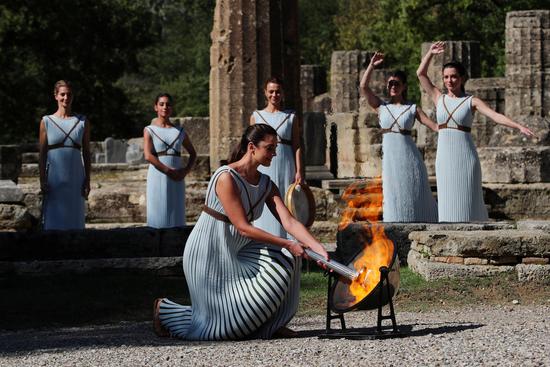
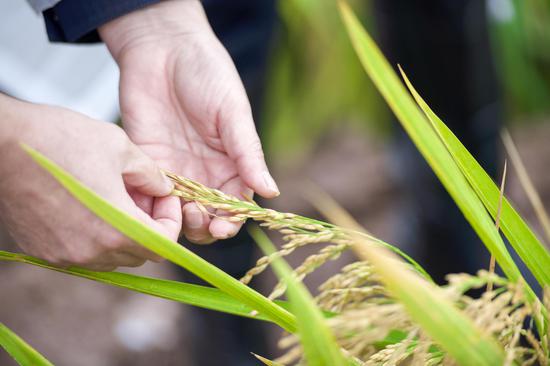
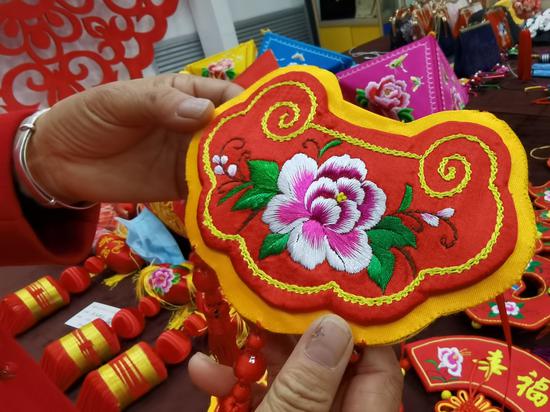

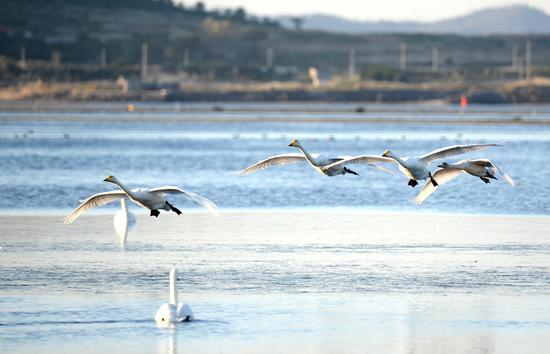

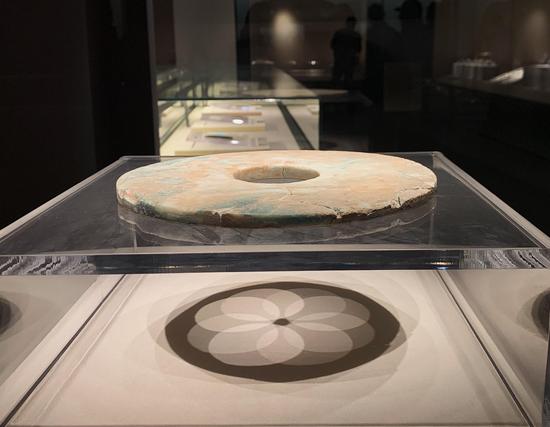


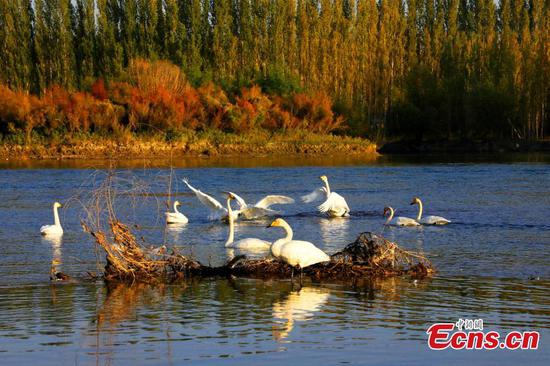

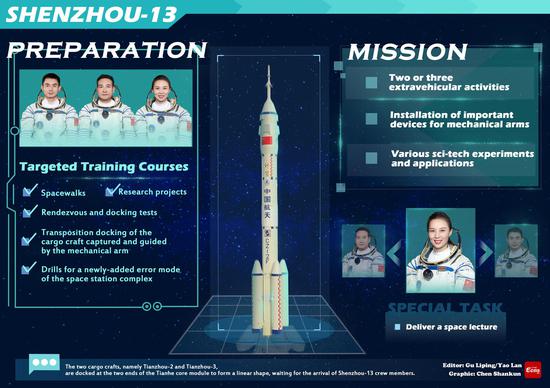


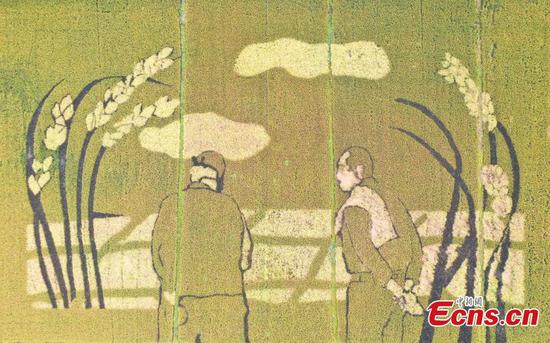
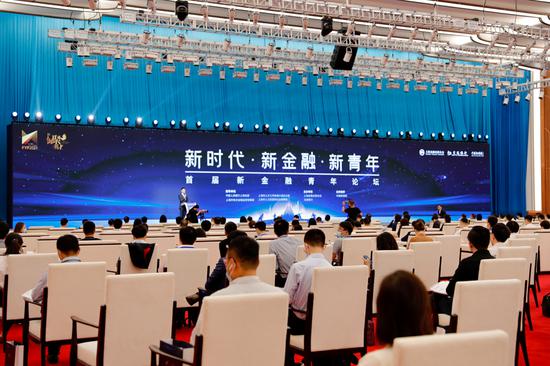
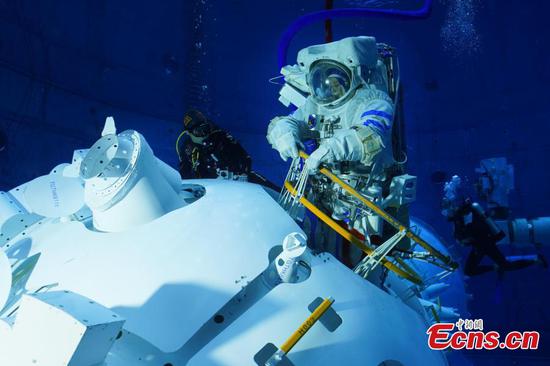
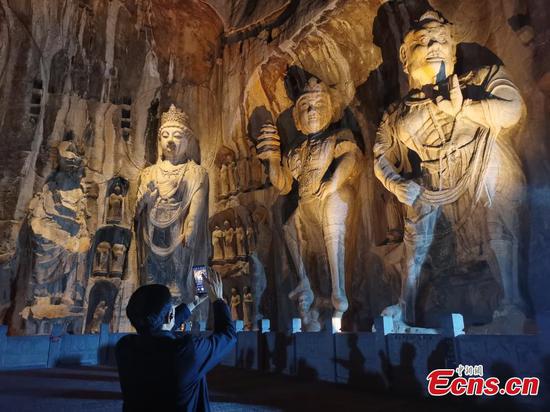
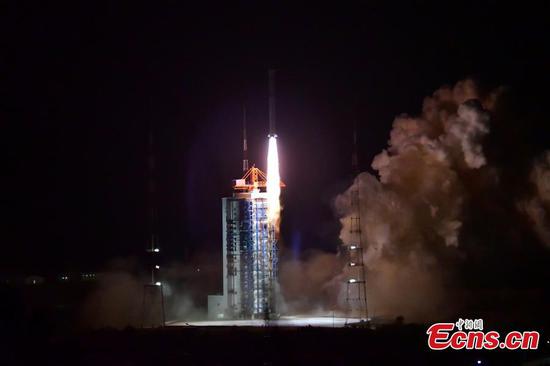
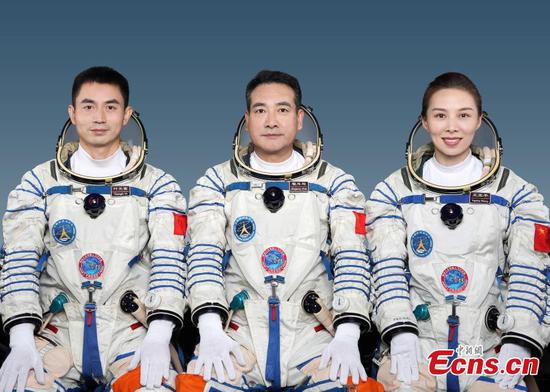
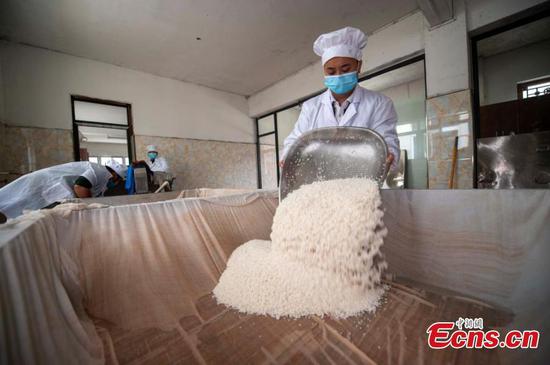
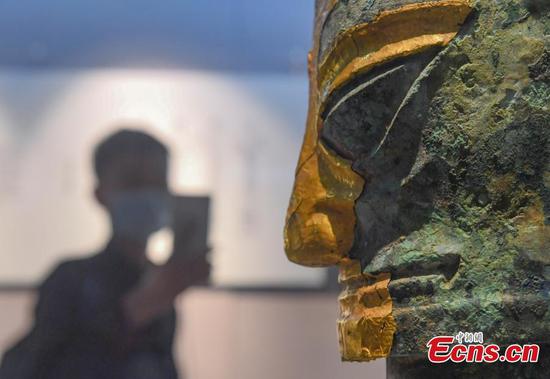

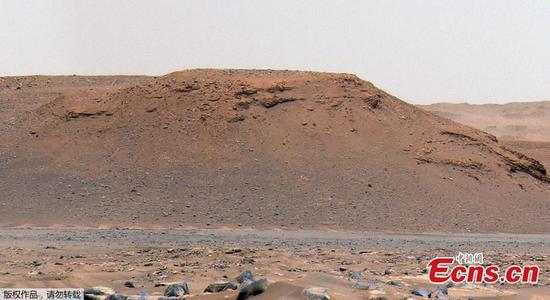
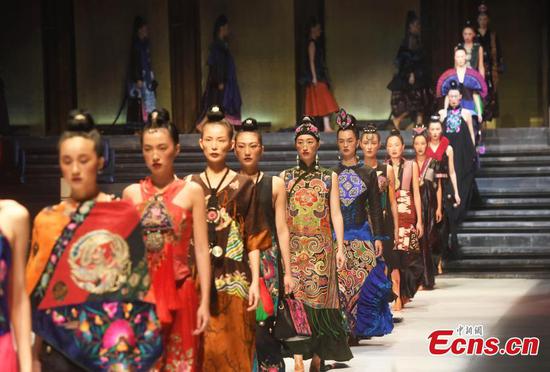
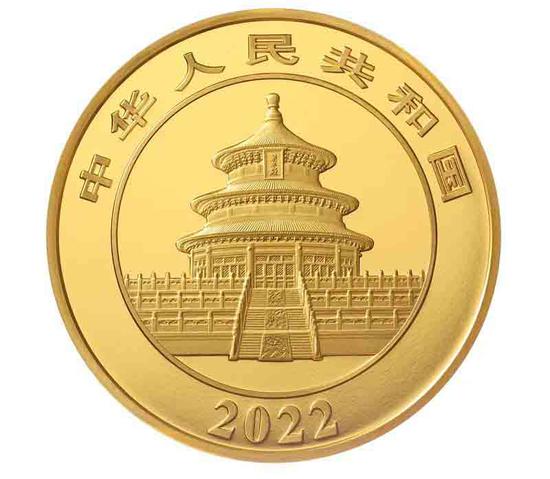

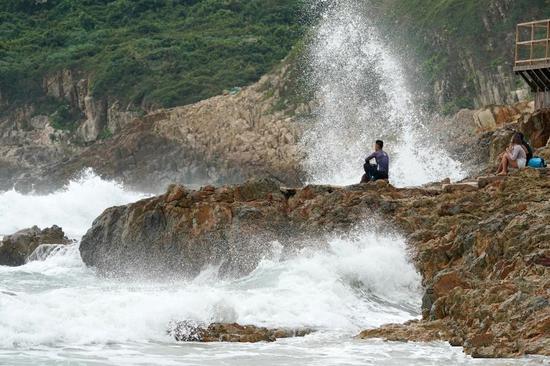

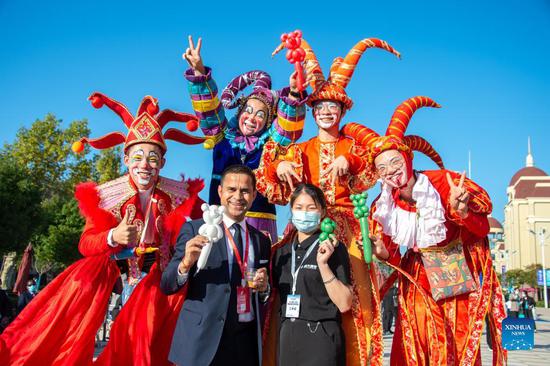
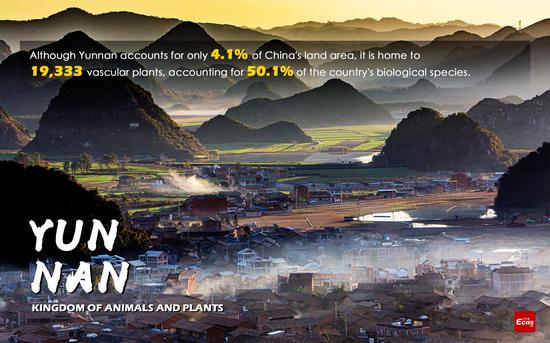
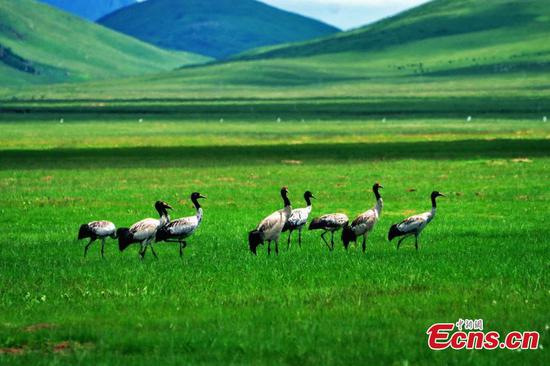
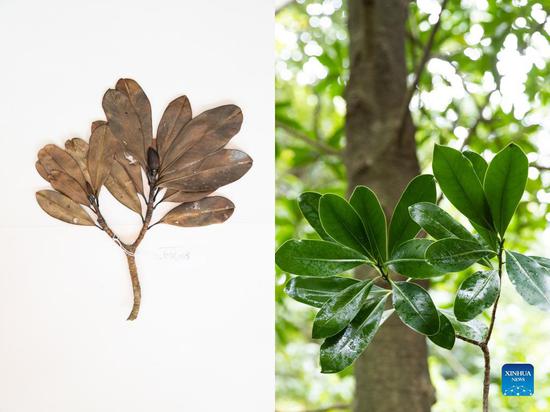
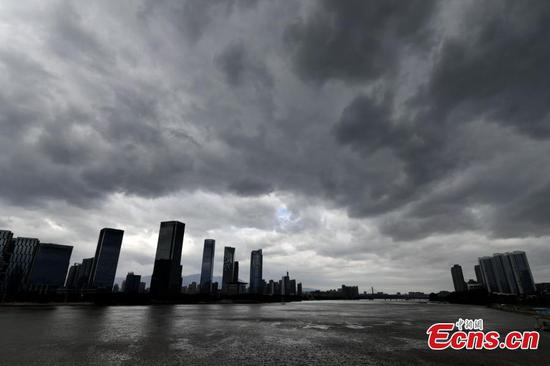
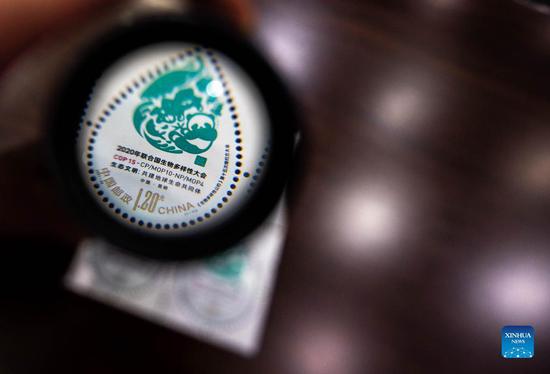



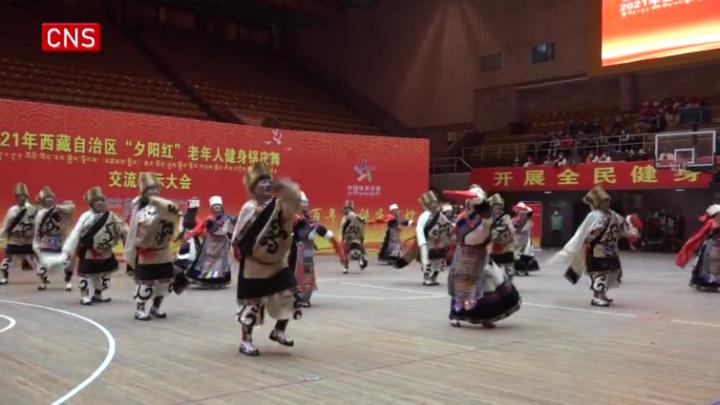

 京公网安备 11010202009201号
京公网安备 11010202009201号